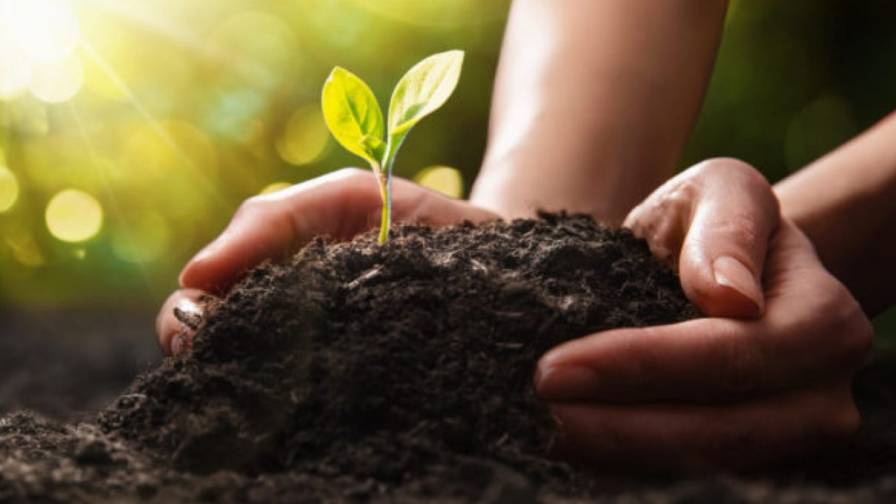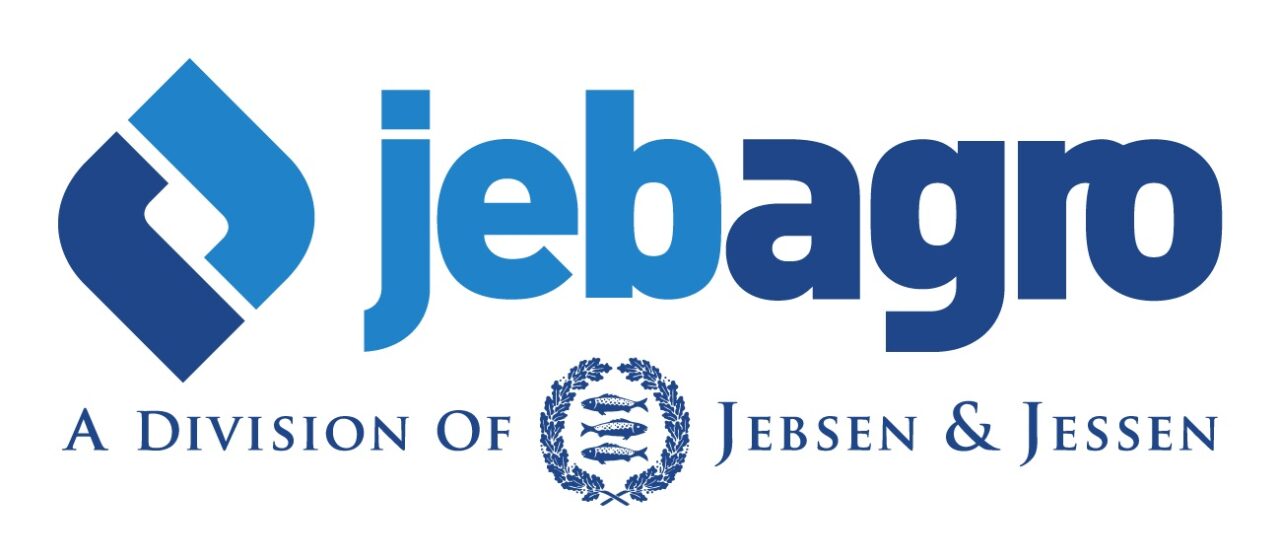Global Food Security and Supply Chains: The Role of Mercosur Countries Amid War and Disease
Editor’s note: Each member of the AgriBusiness Global Advisory Board brings significant experience in their respective fields, ranging from trend-setting biological development, to tolling and logistics, downstream distribution, regulatory navigation, and raw material trade. In this Q&A, Advisory Board Member Dr. Nicolas Potrie of TAFIREL provides insights into global food security, supply chain disruption, and the role of Mercosur countries amid the ongoing pandemic and Russia-Ukraine war.
Dr. Nicolas Potrie is Director of TAFIREL, a provider of pesticide products throughout the main Mercosur countries. The company is based in Uruguay, with branches in Argentina, Paraguay, and Bolivia. For more than two years, the world has been dealing with supply chain disruption on a variety of fronts (e.g., COVID, the conflict between Russia and Ukraine, bad weather). Focusing primarily on the disease that has dominated the headlines for most of the past two-plus years, Potrie offers insights into the global pandemic and the future of food security.
ABG: How has the ongoing pandemic affected supply chains?

Nicolas Potrie
NP: The pandemic generated an unprecedented economic crisis worldwide. It impacted nearly every industry with few exceptions, such as those related to medicine, cleaning products, and communications. While agriculture in general and the trade of food products suffered a drop due to the fall in demand and the decrease in international prices, the impact has been much less severe than that observed in the manufacturing industry, energy products, or in services such as tourism and international transport. In addition, because food shows greater reactionary power compared to other sectors, it is expected this segment will recover more quickly.
Supply disruptions caused by the pandemic, particularly the logistical shocks, accelerated trends related to international trade, particularly in food security and supply chains. In addition to what was observed in medical products, the debates on the importance of sustaining the supply of foods chains were amplified, which even led some countries to begin restricting exports to guarantee internal consumption.
ABG: And the war in Ukraine?
NP: Without any stop, we go from the pandemic (which will not be over until China dismantles the Covid Zero policy), to the war in Ukraine, which has systemic impacts on world trade. In this regard, although Russia and Ukraine do not exceed 2% of world trade, they are very important players in agriculture (wheat, for example) and in the production of processed foods such as oils (in addition to energy and mineral goods).
Russia’s invasion of Ukraine caused an immediate impact due to supply restrictions (especially due to the impossibility of exporting grains through Ukrainian ports), which generated historic increases in international prices. These increases have a positive impact on those regions that export these products, but they also affect poverty levels in countries that are highly dependent on wheat exported by Russia and Ukraine (as is the case of some African countries) and increase inflationary pressures at the global level.
ABG: How are various countries adapting to these issues?
NP: The global crisis suffered by all countries is proof of the importance that both the population and their leaders attach to food security. Many economies defined policies on this issue. In some case, these policies reflected protectionist measures to guarantee self-sufficiency. While understandable, in many cases, this provisioning was insufficient to serve the needs of the people.
As an example, it is worth remembering the relationship between the availability of arable land and the population, in countries such as China, India, Indonesia, Vietnam, and Nigeria, population growth is high. This growth requires a larger demand for basic foods (serving those in poverty) and for foods that require greater processing (serving a growing middle class). Ultimately, many countries will increase food imports that will be provided by those countries with enough production capacity (during the last 60 years, Brazil multiplied its arable land fivefold).
 In the table presented here, the relationship between hectares and population can be observed, where the role played by the Mercosur countries in terms of land availability can be confirmed. This aspect not only has implications for food production (Mercosur members gain a share in world food exports) but also the availability of strategic resources for agricultural production, such as fresh water, must also be considered.
In the table presented here, the relationship between hectares and population can be observed, where the role played by the Mercosur countries in terms of land availability can be confirmed. This aspect not only has implications for food production (Mercosur members gain a share in world food exports) but also the availability of strategic resources for agricultural production, such as fresh water, must also be considered.
On the other hand, COVID-19 and Ukraine War has accelerated many processes, and it has revealed the importance that health aspects will acquire in the future. The safety and quality of food, as well as matters related to health and environmental aspects, will not only lead to the possibility of accessing the main consumption centers but will also be related to the characteristics of its commercialization and the final sale price.
ABG: How will these concerns affect Latin American countries?
NP: In this scenario, the Mercosur countries (Asuncion Treaty, 1991 that involved Brazil, Argentina, Paraguay, and Uruguay) play an increasingly important role in food, going from explaining 22% of world oilseed grain exports in 2001 to 38% in 2019. In the same period, meat went up from 7% to 22%, variations that occur in a high range of agricultural and agro-industrial products, such as edible fruits and fruits, cereals, or sugar, among many others. In production, according to the FAO, it will continue to increase its international participation until 2028 in cereals, soybeans, meat, corn, and rice.
In a scenario of growing conflicts or unexpected events that can, as we have seen, put the international community at risk, with abrupt cuts in the supply of basic products, Mercosur can be a benefit. It is a region geographically far from the central conflicts, with high levels of agricultural productivity, with significant investments in recent years in the sector and with relatively open markets in terms of world trade operations. In this sense, especially as net exporters of food, as is the case with the members of Mercosur (it should be considered that Central America is a net importer of food), will continue to gain space in the production and export of agricultural products and food.
ABG: And the rest of the world?
NP: On the other hand, the great emerging powers such as China, India, Indonesia, and progressively those of Africa or Central Asia, will demand more and more basic and processed foods, but especially recognized the sanitary standards. It is there where the main world exporting countries must cooperate with the main consumers and importers, who are also those who provide agricultural inputs and machinery to maintain adequate levels of competitiveness.
In this sense, the countries of Latin America will have incentives to move forward in deepening trade relations with these emerging economies through the signing of free trade agreements. In addition, it is expected that the investments of these economies in Latin American countries will increase (a phenomenon that will also deepen in Africa) in the food sector, either with the purchase or association with established companies, purchase of land, and logistics investments.
ABG: How will the industry look when we’re finally free from (or at least managing) this pandemic and the War in Ukraine?
NP: In the new world that will emerge after the pandemic, at least three things are clear:
- Food production and trade will emerge stronger.
- Health aspects will be increasingly valued.
- The world’s leading exporters will continue to gain ground.
In this context and due to nationalist and protectionist temptations, the countries of Latin America and the Caribbean should increase the levels of cooperation and trust with emerging economies.






